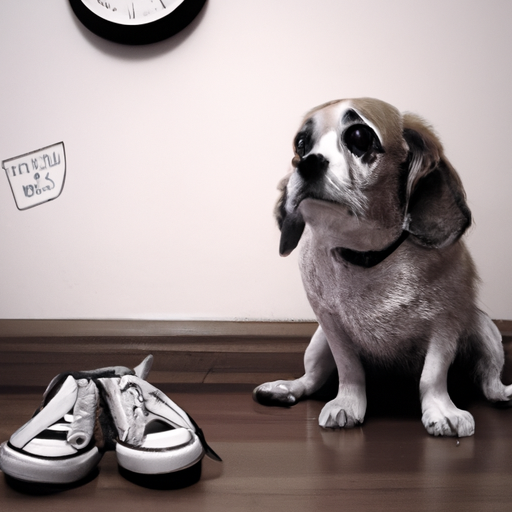Understanding Separation Anxiety
Separation anxiety is a condition that is quite prevalent in dogs. It usually happens when a dog becomes distressed due to its owner’s absence. As a caregiver to your furry friend, you might wonder, why does my dog exhibit such behavior? Dogs are pack animals by nature, and they instinctively crave company. When left alone, they may feel anxious, fearing that their beloved human may not return.
Symptoms of Separation Anxiety
You may have noticed some telltale signs in your dog when you’re about to leave the house or when you’re away. These symptoms could indicate that your dog suffers from separation anxiety:
- Excessive Barking or Howling: This usually starts shortly after you leave and continues for prolonged periods.
- Destructive Behavior: Your dog might chew on furniture or scratch doors and windows in an attempt to escape.
- Accidents in the House: Despite being house-trained, your dog may urinate or defecate in the house when alone.
- Pacing: Some dogs might walk in a fixed pattern or circle when left alone.
- Attempts to Escape: In severe cases, your dog might attempt to escape from areas where it’s confined when left alone.
Causes of Separation Anxiety
While there are no definitive causes for separation anxiety in dogs, several factors could contribute to this condition:
- Change in Family or Routine: Dogs thrive on routine. A sudden change, like a move to a new house or a change in work schedule, could trigger anxiety.
- Loss of a Family Member: The death or departure of a family member can cause significant distress to your dog.
- Neglect or Abandonment: Dogs that have been abandoned or neglected in the past are more prone to developing separation anxiety.
Managing and Treating Separation Anxiety
Dealing with a dog with separation anxiety can be challenging, but there are ways to help ease their distress. Here are some strategies:
- Keep Departures and Arrivals Low-key: By not making a big fuss when you leave or come home, you can help reduce your dog’s anxiety.
- Establish a Safe Place: Create a comfortable space where your dog can feel secure when you’re not around.
- Use Distractions: Toys or treats can keep your dog occupied when you’re away.
- Try Desensitization and Counter-conditioning: Gradually getting your dog used to your absence can help reduce anxiety.
| Strategies | Purpose |
|---|---|
| Low-key Departures | To reduce the emotional impact of your departure |
| Safe Place | To provide security and comfort |
| Distractions | To divert attention and reduce anxiety |
| Desensitization | To slowly accustom your dog to your absence |
Frequently Asked Questions (FAQs)
1. Can separation anxiety in dogs be cured?
– While it may not always be completely curable, with proper management and care, the symptoms can be greatly reduced.
2. Can puppies have separation anxiety?
– Yes, puppies can also experience separation anxiety, particularly if they’re not used to being left alone.
3. How long does it take to treat separation anxiety in dogs?
– It varies from dog to dog. It can take several weeks or even months of consistent training and care.
Remember, your dog’s separation anxiety is a testament to their deep bond with you. With patience, understanding, and a consistent approach, you can help your furry friend navigate through these challenging times.



